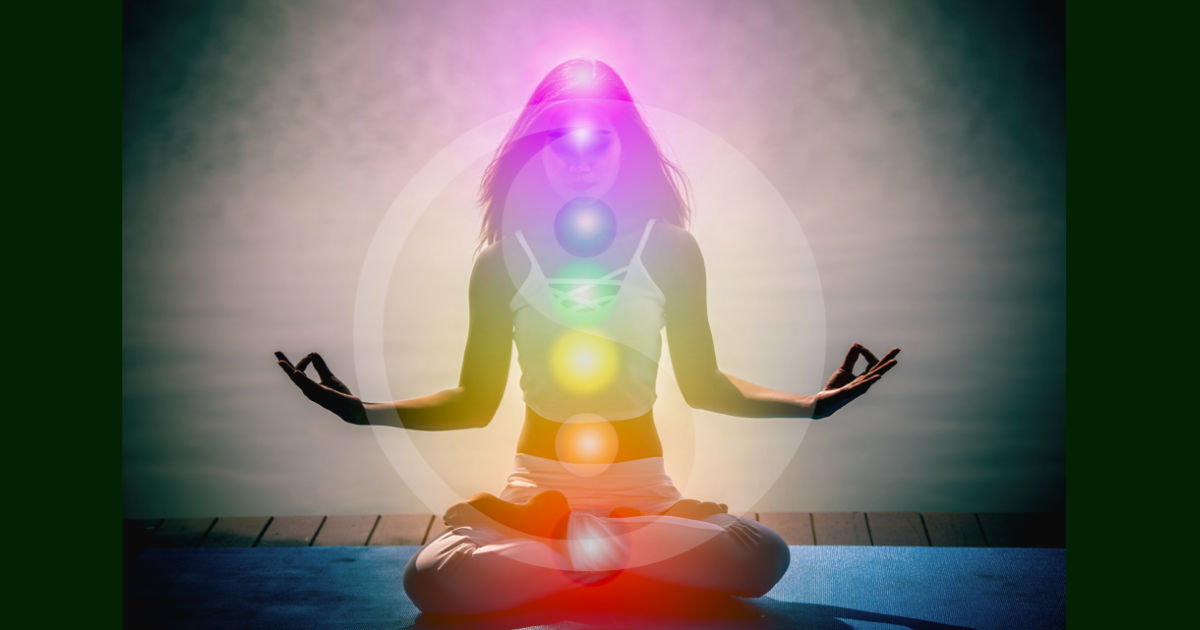I wrote earlier about being needy and how much I detested the word. I also described the practice of Anuloma Viloma, which is visualizing one’s breath while inhaling and exhaling. What is remarkable is that this sadhana unblocks the nostrils and allows the breath to flow freely. Please read the preceding blog.
Now the practice I suggested helps the prana (subtle) breath to flow through both nostrils and when the breath flows through the Ida and Pingala nadis, the Sushumna nadi flows. When this occurs are chakras are unblocked. Anuloma Viloma is an easy meditation practice. It is not a substitute for pranayamas. It is done after the pranayamas. How ever if one is ill, or has a terminal illness, it is recommended. It can also be practiced when one is stressed.
Effects on every chakra
Mooladhara chakra is the first chakra. It is crimson in color; its element is earth and the mantra is Lam and grounds us and helps us to feel secure. It attends to our basic needs. Many of us feel insecure, unwanted and isolated. We flare up at the slightest provocation. These emotions arise from our thoughts and by stabilizing the mooladhara chakra, we can restore our emotions to a sense of balance. The Maslow scale refers to the first need as the physiological needs of security and shelter. Imbalanced Mooladhara chakra leads to an irrational and unreasonable attitude in adulthood. Childhood trauma and unpleasant experiences also color our responses. Balancing the mooladhara chakra is essential.
The second chakra is the Swadhishthana chakra. It is associated with water as the shape of water keeps changing. It is vermillion in color and the mantra is Vam and works on creativity and fantasy. It influences our emotions and can lead to addictions, and negative feelings like possessiveness and jealousy. Balance of the Swadhishthana enables one to be truly creative in every sense of the word. If we look at Maslow’s scale of needs this would be esteem which comes fourth in his list.
The third chakra is the Manipura chakra. It is yellow in color; its element is fire and the mantra is Ram. Manipura chakra works on our ego and ambition. It also helps one to travel on the spiritual path. Over active Manipura chakra leads to ruthless behavior and exhibitionism. In the Maslow scale this is fourth and means respect, status and recognition. The Manipura chakra when balanced leads to fulfillment and karma yoga. Karma yoga is working without expectation.
The fourth chakra is Anahata chakra. It is blue in color, its element is air and the mantra is Yam. It works on our feeling of love, belonging and relationships. An imbalanced Anahata chakra leads to unstable relationships and dysfunctional expressions of emotions. In Maslow’s list this is third and is described as love and belonging.
The fifth chakra is Visshudhi chakra. It is violet in color; its element is ether and the mantra is Ham. It works on our communication at all levels and spiritual progress. An unstable Visshudhi leads to arrogance and spite. In Maslow’s scale, it is described as self-actualization, which is to make the most of oneself.
The sixth chakra is Ajna. It is silver in color and it is composed of all elements and the mantra is Aum. Ajna represents intuition and judgement. There is no going back once it is balanced and one is in a state of equanimity.
The mightiest chakra is Sahasrara. It has multicolored petals, and its mantra is Aum. It creates a strong connection with the supreme self.
Balance and liberation
I have given a short explanation of the chakras and the needs as described by Maslow. As you may note Maslow was working on the theory of motivation. He was addressing how we could be successful individuals, and attain material recognition. Whereas we are working on attaining balance and liberation, which is the meaning of Yoga. Therefore, I have attempted to help you to work on stabilizing your prana and thereby opening the chakras.
We all flee from complicated descriptions of the Sadhanas. So, practicing Anuloma Viloma daily would help us to be uninfluenced by our thoughts and enable us to perform karma yoga with a song in our hearts. And having it all.
Aim Hrim Klim

